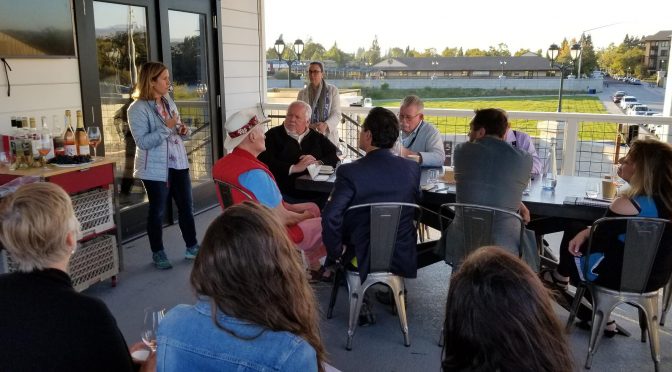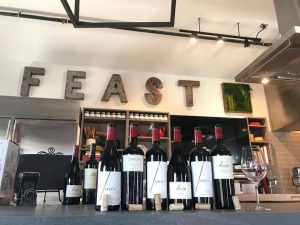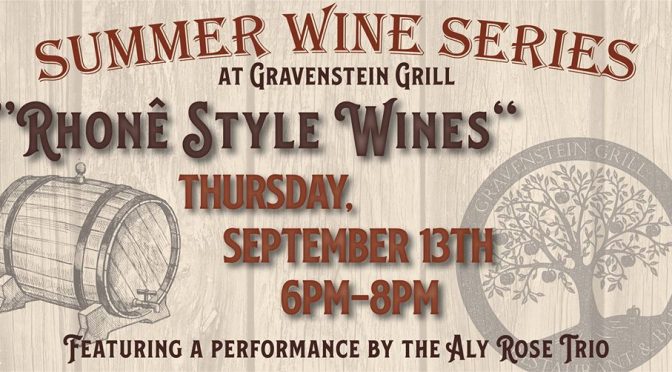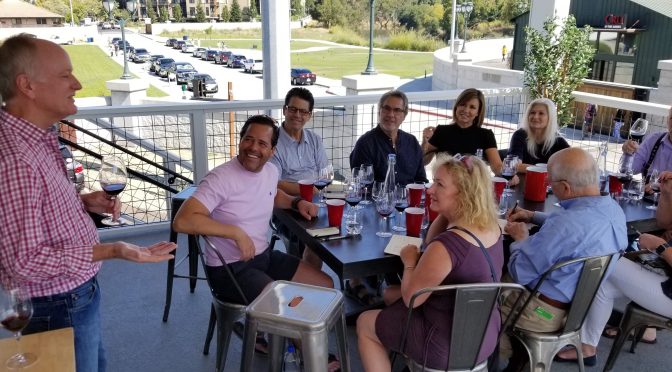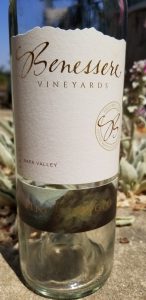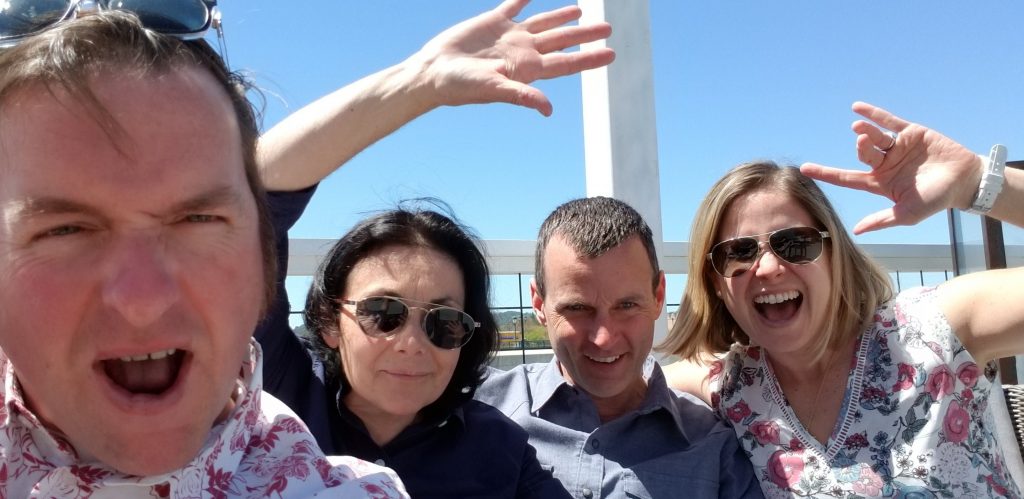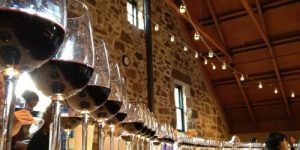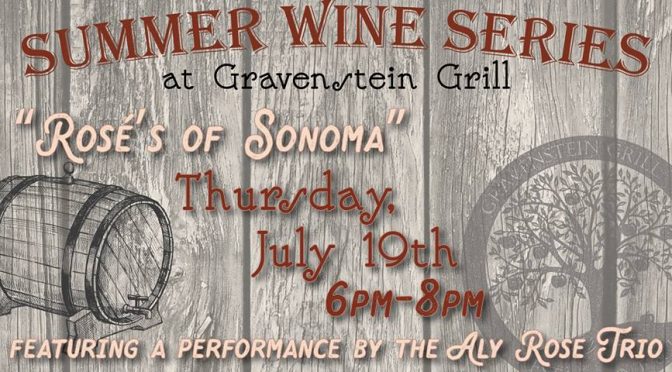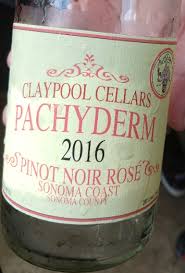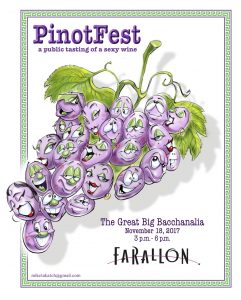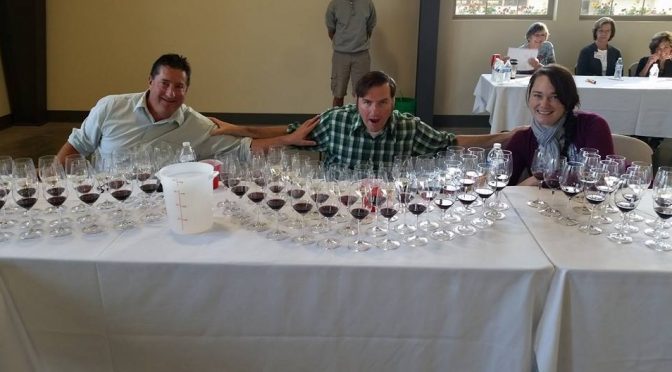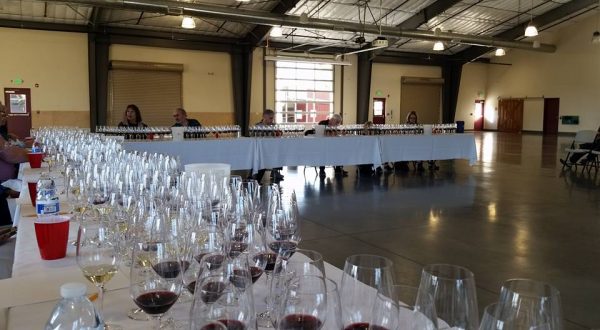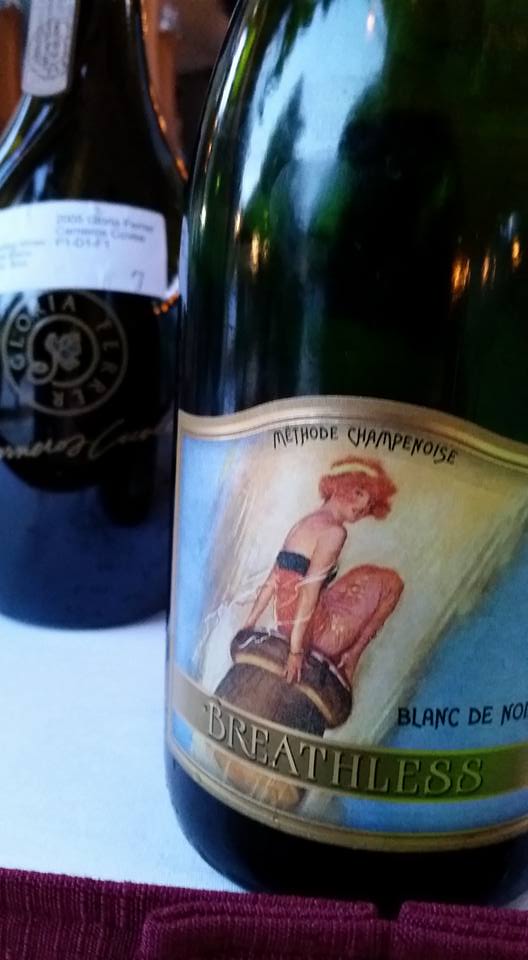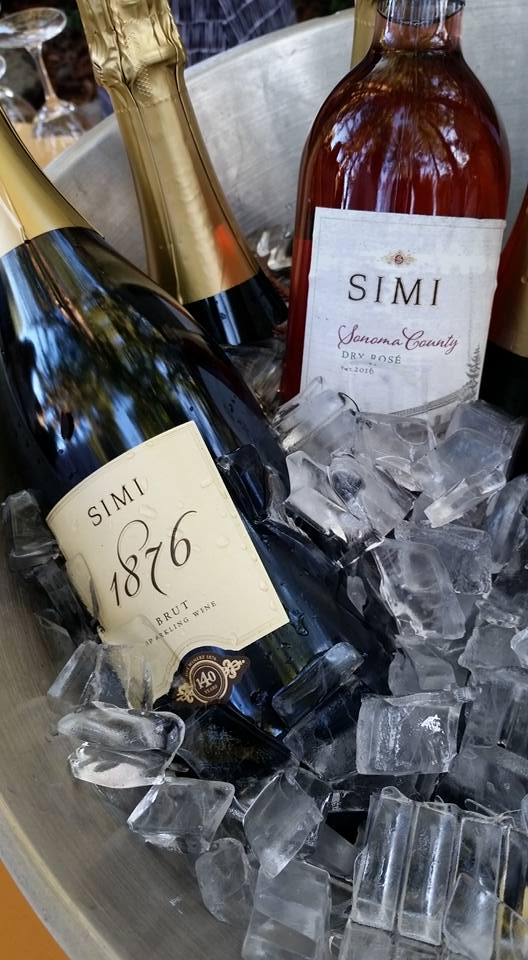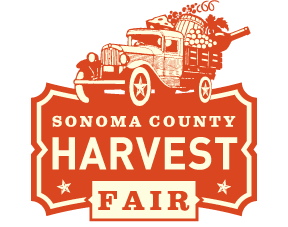I know the details for my FIF Somm Sessions have been just trickling out as we start each series, so here is the lowdown on my Quarterly Classes (each 3rd Saturday of the month from 10-11:30am), as well as some more ticket links, and a dedicated schedule page for your reference! Whew, big breath after getting all that out. Please proceed as the information unfolds below.
Quarterly Somm Sessions
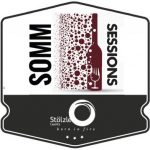 Vintners, Vintages & Varietals Series:
Vintners, Vintages & Varietals Series:
Sept 15– GIBBS Napa Valley & COHO Wines
Dec 15– Michael Mondavi and Oberon Wines
Trending Now! Series:
Oct 20– The Rebirth of the Hip Red Grape Varietals
January Date TBA
Appellation Series:
Aug 18 (past)–Tasting Two Sides of the Mayacamas Mountains with Aiken Wines of Napa Valley & B. Wise Vineyards of Sonoma Valley
Nov 10– Celebrating the 35-year Anniversaries of the Carneros, Russian River Valley and Paso Robles AVAs
FULL SCHEDULE through 2018
This additionally includes my Monthly Somm Sessions on First Thursdays, 5:30-7pm! Ticket links will be there as they come available. Contact me at wine@sawyersomm.com if you need any assistance!
Cheers! Hope you are able join me at Feast It Forward.
1031 McKinstry Street, Napa, CA 94559
707-819-2403 info@feastitforward.com


